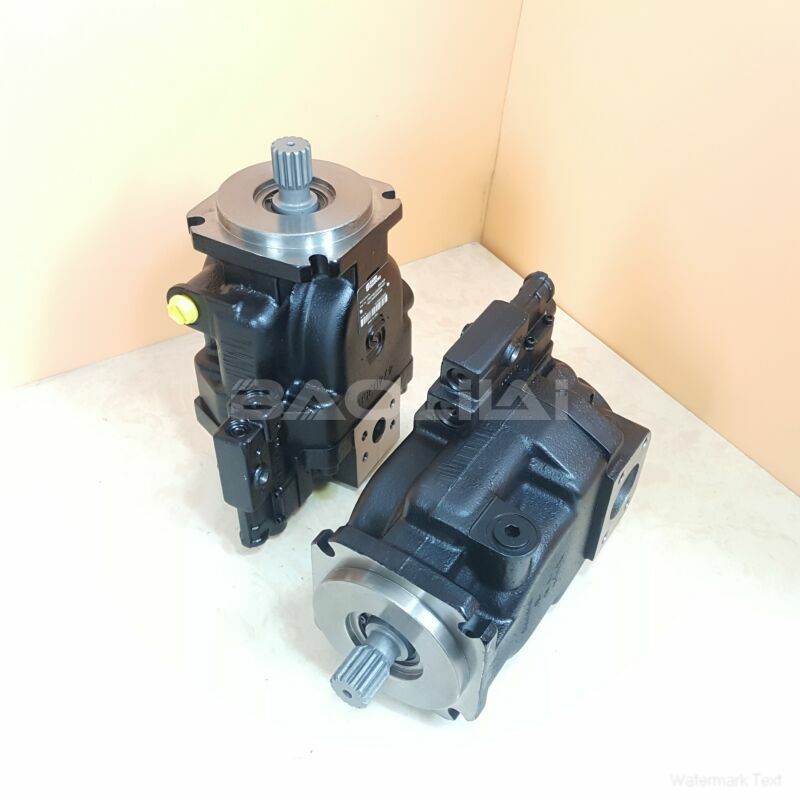FRL074BRP2120NNN3S1A2A1NNNNNNNNNN piston pump
FRL074BRP2120NNN3S1A2A1NNNNNNNNNN piston pump

- Product Details
- Applicable Scene
The aviation industry is on the brink of a significant transformation, driven by the need for more efficient and environmentally friendly technologies. Among the many components that play a crucial role in this evolution, aerospace piston pumps are emerging as a pivotal element in the development of hybrid aircraft. As we look ahead, it is essential to understand how these pumps contribute to the advancements in hybrid aircraft technologies and what the future holds for their integration into this new generation of aerospace vehicles.
FR-L-074B-RP-21-20-NN-N-3-S1A2-A1N-NNN-NNN-NNN
FRL074BRP2120NNN3S1A2A1NNNNNNNNNN
Aerospace piston pumps are vital for managing hydraulic systems in aircraft, which control everything from landing gear to flight surfaces. In hybrid aircraft, where both traditional fuels and electric propulsion systems are employed, the efficiency and reliability of these pumps become even more critical. As the demand for sustainable aviation solutions grows, the aerospace industry is increasingly focusing on hybrid systems that reduce carbon emissions and improve fuel efficiency. This shift necessitates advancements in piston pump technology to support the varied operational requirements of hybrid aircraft.

83032934
One of the primary advantages of piston pumps in hybrid aircraft is their ability to handle diverse types of fluids and pressures. They can be designed to work efficiently with both conventional and alternative fuels, making them adaptable to the changing landscape of aviation propulsion. This versatility is essential as manufacturers explore biofuels, hydrogen, and electric power storage systems. The design innovations in piston pumps aim to enhance its performance while minimizing weight—a crucial factor in aircraft design.
Moreover, as hybrid aircraft typically rely on a combination of electric and combustion engines, the hydraulic systems must be capable of responding quickly to changes in power sources. Enhanced control algorithms and real-time monitoring systems can be integrated with piston pumps to ensure seamless transitions between these power modes, thereby improving overall aircraft performance and safety.





